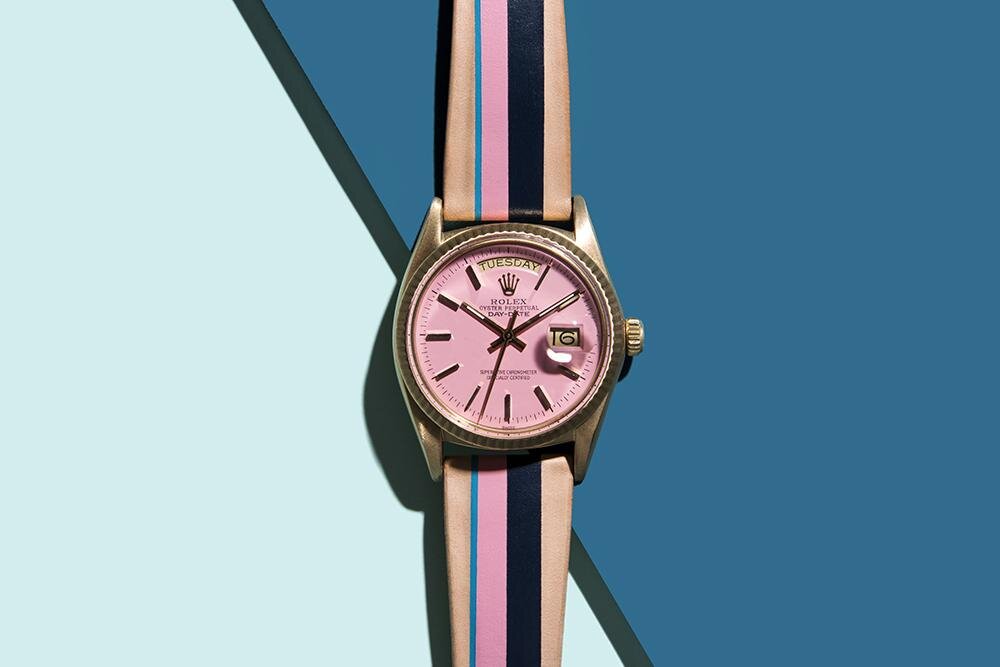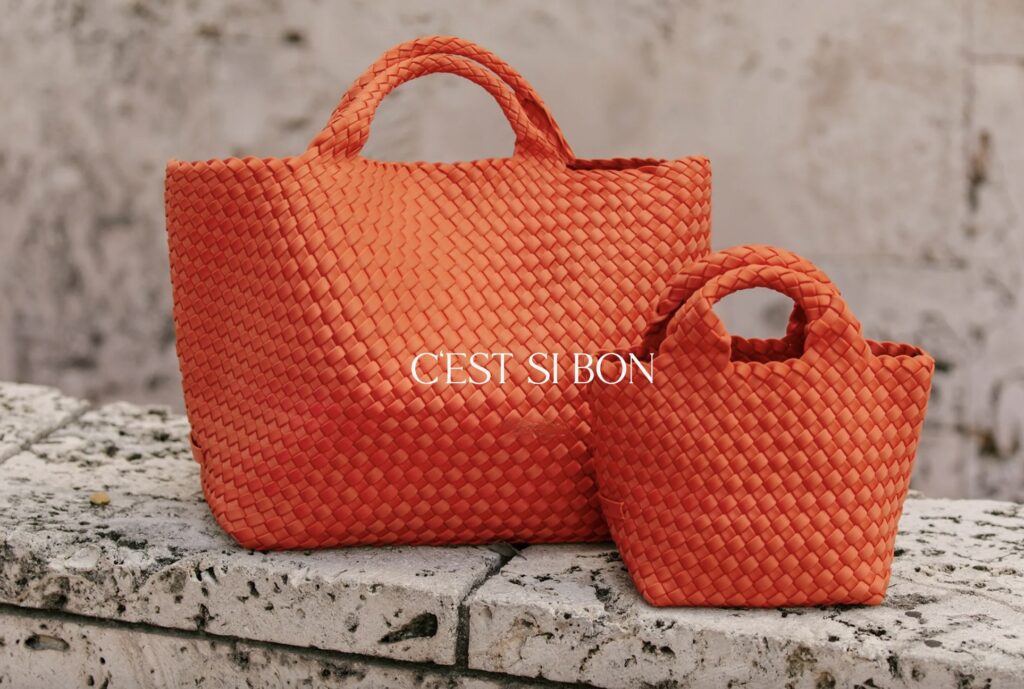Watch company laCalifornienne’s colorful, custom offerings might be winning over consumers – and taste-making stockists – across the globe but one party that is certainly not a fan is Rolex. The Swiss watch giant filed a striking lawsuit against Los Angeles-based laCalifornienne in November, arguing that the 3-year old company’s practice of putting a brightly-hued spin in “pre-owned Rolex watches” by swapping out original Rolex parts – such as dials, crystals (i.e., the cover located between the dial and the hands), etc. – with unauthorized or modified alternatives turns those otherwise perfectly authentic watches into counterfeit goods.
Now it is laCalifornienne’s turn to respond to Rolex’s trademark infringement, counterfeiting, and false designation of origin claims, and by way of an answer dated January 15, the budding young watch company has done just that, denying the bulk of the allegations that Rolex has lodged against it and asserting a handful of defenses that, if it can prove, will serve to mitigate or entirely defeat Rolex’s claims.
First things first: laCalifornienne denies that, despite Rolex’s argument to the contrary, it is not “advertising, promoting and offering for sale merchandise bearing counterfeit copies of the Rolex registered trademarks,” such as the “Rolex” wordmark or its protected crown logo. It also denies that its “altered watches no longer attain the aesthetic of original pre-owned Rolex watches” and that they “no longer perform or function to the same quality standards as unaltered pre-owned Rolex watches.”
These latter points are important as they play to Rolex’s broad definition of a counterfeit: Rolex, unlike most other companies, goes a step further in defining what constitutes a “counterfeit” and considers whether any changes have been made to the original components of authentic Rolex timepieces that have come from its very own workshops. If sizable changes have been made (i.e., changes “so basic that they result in a different product,” as the Court of the Appeals for the Ninth Circuit put it), an otherwise perfectly authentic watch becomes a counterfeit in the company’s eyes.
In the case at hand, Rolex argues that significant changes have been made to the watches by laCalifornienne, ones that affect the “aesthetic” and that make it so that the watches “no longer perform or function to the same quality standards as unaltered pre-owned Rolex watches.”
LaCalifornienne denies this, just as it denies Rolex’s assertion that by including its own name “on the dial of [some of its] altered watches, which also bear one or more of the Rolex registered trademarks, cannot dispel a likelihood of consumer confusion.” And still yet, it pushes back against Rolex’s claim that acts are “deliberately calculated to confuse and deceive the public, and are performed with full knowledge of Rolex’s rights.”
As for the six affirmative defenses that laCalifornienne cites, one is particularly interesting: the company argued that Rolex’s claims are “precluded by the nominative fair use doctrine.” A specific type of fair use, the nominative kind allows – according to the Ninth Circuit, at least – for the “reasonably necessary” use of another party’s trademark solely to identify that party or its products as long as such descriptive use does not “suggest sponsorship or endorsement by the trademark holder.”
Rolex will undoubtedly fight this defense when the time comes, potentially on the grounds that laCalifornienne’s use of the Rolex trademarks are “deliberately calculated to confuse and deceive the public,” which is what it argues in its complaint. This is a particularly relevant claim given that “the nominative fair use defense is available only if ‘the use of the trademark does not attempt to capitalize on consumer confusion or to appropriate the cachet of one product for a different one,’” as the Ninth Circuit held in Brothers Records, Inc. v. Jardine, citing the famed New Kids on the Block v. News America Publishing case.
Here, Rolex very well might argue that laCalifornienne is not merely using Rolex’s trademarks to identify its customized products (although, that is likely at least part of what it is doing); it might go a step further and claim that laCalifornienne is making use of its marks in furtherance of an attempt to play on – and benefit from – the proven reputation and sheer appeal of Rolex’s watches.
In short: stay tuned. This is an interesting one.
*The case is Rolex Watch U.S.A., Inc. v. Reference Watch LLC d/b/a La Californienne; Courtney Ormond; and Leszek Garwacki, 2:19-cv-09796 (C.D.Cal).











